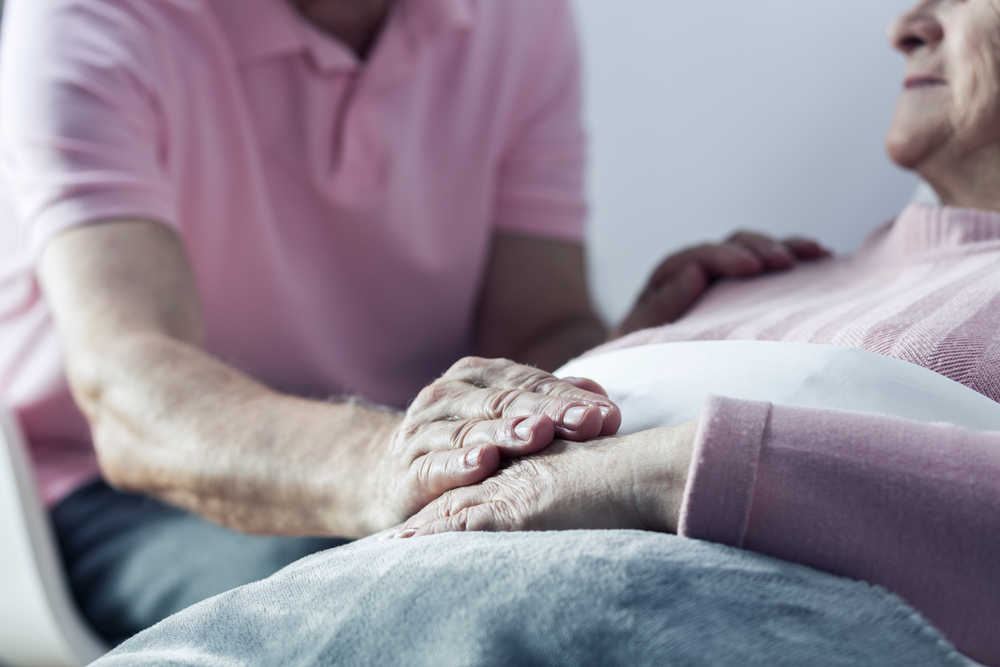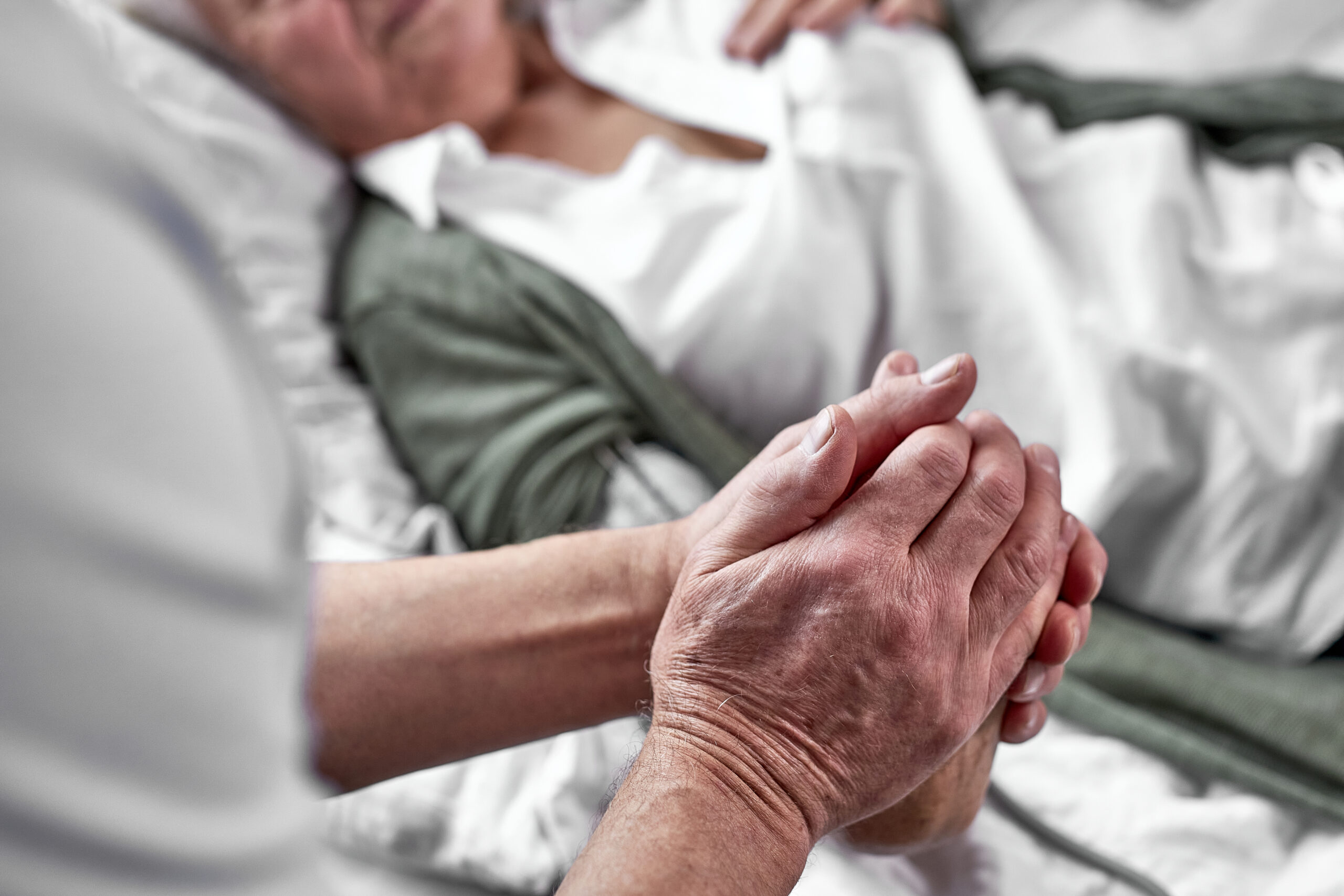Active Dying: What to Expect
Category:

Death is rarely predictable. Sometimes a person’s health declines gradually; sometimes it can happen in the blink of an eye. By learning the signs of active dying, you have a better chance of being there at the end, creating an opportunity for you to spend some final moments together.
The passing of a loved one is never easy. Knowing what to expect can better prepare you for your role: helping them maintain dignity and serving as a comforting presence. But what is actively dying, and is there anything you can do to ease loved ones in distress?
The Active Phase of Dying
Actively dying is a two-stage process. The first stage is pre-active dying. During this stage, a person may withdraw from social activities, spend more time sleeping, or seem particularly lethargic. They may consume less food and water or seem unable to recover from wounds.
This stage often includes confusion, restlessness, and swollen extremities. It’s not uncommon for someone to make comments about taking care of loose ends or even to explicitly announce they are dying. This stage of the active dying process may last up to three weeks.
Signs of Active Dying
The second stage is active dying. During this stage, the body begins to exhibit signs of death or imminent death. The three most common signs of active dying are moist and noisy breathing, restlessness and agitation, and pain. Urinary retention or incontinence are nearly as common.
Abating this distress is often possible with a mild degree of sedation or painkilling drug. Both are commonly used for people who are approaching death, helping to provide as much comfort as modern medicine can allow. For someone who’s actively dying, researchers have found no evidence that taking these types of treatments accelerate death.
And then there are somewhat less common signs of actively dying. They include mottling skin, coma, hallucination, confusion, irregular breathing, cold extremities, sweating, nausea, and urine discoloration. Blood pressure levels may drop 20-30 points below normal, resulting in unresponsiveness.
How Long Does Active Dying Last?
On average, the active dying process lasts up to three days. However, every person is different. Even when you know the signs of active dying, predicting when the end of a person’s life draws near is difficult. Predictions cannot be made with certainty, and it’s not always obvious that active dying or pre-active dying is occurring.
Having learned the signs of active dying, you’ve already taken steps to ensure you can be there at the end. But even a watchful eye can be caught off guard. The signs and symptoms of active dying may or may not appear and can easily go unnoticed. Just another reason to cherish your loved ones every chance you get.
Subscribe
Date: 2018-09-20
Category:


